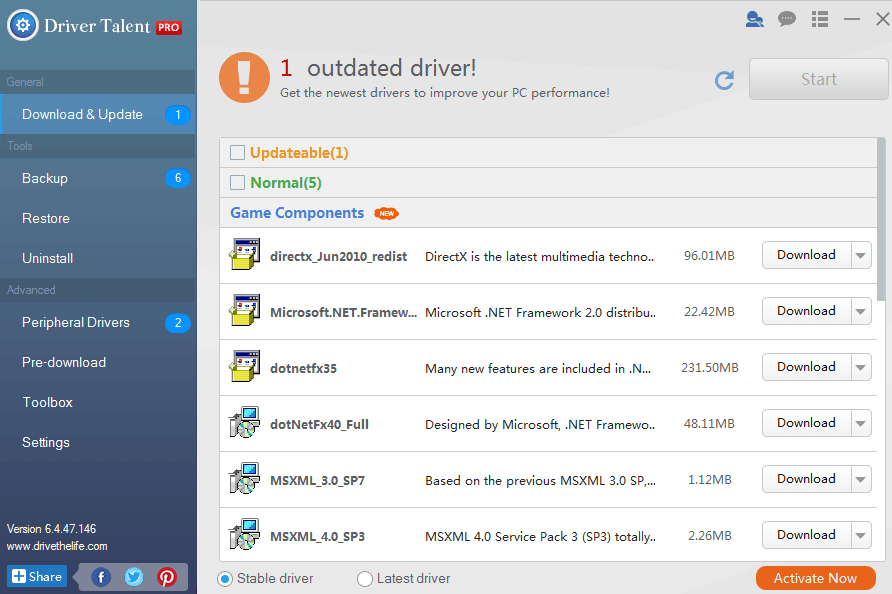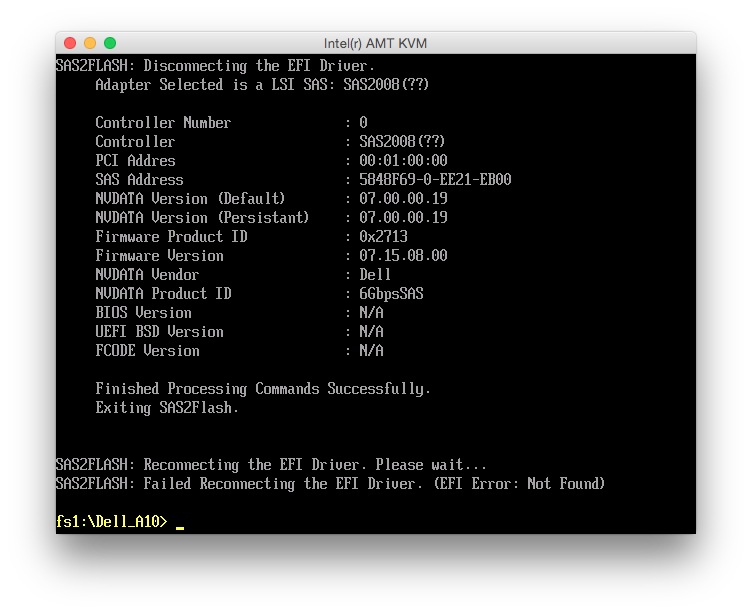
- #Sanlink driver update for mac sierra install#
- #Sanlink driver update for mac sierra upgrade#
- #Sanlink driver update for mac sierra software#
- #Sanlink driver update for mac sierra professional#
#Sanlink driver update for mac sierra professional#
macOS High Sierra also comes with an improved Photos app, that now offers professional editing tools that will keep you hooked to find the perfect composition.

Think only about how much space you’ll save with the new operating system that compresses video up to 40% more. To really give your Mac a boost, upgrading to the new High Sierra is kind of mandatory. With a new and improved AFPS file system, a faster browser (which promises to be the fastest on the market), stellar graphics, better gaming capabilities, and VR support, macOS 10.13 is definitely here to make a stand. The team at Apple went right on target, tweaking those features and apps that promise to be in the spotlight in the near future.
#Sanlink driver update for mac sierra upgrade#
Why you should upgrade to macOS High Sierra And with the upgrade guide we’ve prepared, you’re going to be running the new OS in no time. Upgrading to macOS High Sierra is seamlessly simple, taking up little time and almost no effort. But look closer and you’ll discover the fine details that amount to a better user experience and more power for your Mac. If you were expecting some big overhauls, chances are you’ll be disappointed at a first view. Say hello to macOS 10.13 High Sierra, the new operating system for Mac desktops and notebooks that brings some impressive under-the-hood refinements. But to help you do it all by yourself, we’ve gathered our best ideas and solutions below.įeatures described in this article refer to the MacPaw site version of CleanMyMac X. įor more information visit The XLab FAQs and read the FAQ on removing software.So here's a tip for you: Download CleanMyMac to quickly solve some of the issues mentioned in this article. Look for them at VersionTracker or MacUpdate. There are many utilities that can uninstall applications.

Be sure you also delete this item as some programs use it to determine if it's already installed. The item generally has a ".pkg" extension. Usually with the same name as the program or the developer.
#Sanlink driver update for mac sierra install#
Some applications install a receipt in the /Library/Receipts/ folder. Download Easy Find at VersionTracker or MacUpdate. You can modify Spotlight's behavior or use a third-party search utility, Easy Find, instead.

Unfortunately Spotlight will not look in certain folders by default. If an application installs any other files the best way to track them down is to do a Finder search using the application name or the developer name as the search term. Look for them in /Library/LaunchAgents/ and /Library/LaunchDaemons/ or in /Home/Library/LaunchAgents/.
#Sanlink driver update for mac sierra software#
Some software use startup daemons or agents that are a new feature of the OS. Locate the item in the list for the application you want to remove and click on the "-" button to delete it from the list. Open System Preferences, click on the Accounts icon, then click on the LogIn Items tab.

Log In Items are set in the Accounts preferences. Startupitems are usually installed in the /Library/StartupItems/ folder and less often in the /Home/Library/StartupItems/ folder. Some applications may install a startupitem or a Log In item. Again, they don't do anything but take up disk space once the application is trashed. You can also delete the folder that's in the Applications Support folder. You can also check there to see if the application has created a folder. Some applications may install components in the /Home/Library/Applications Support/ folder. In some cases the uninstaller may be part of the application's installer, and is invoked by clicking on a Customize button that will appear during the install process. Some applications may install an uninstaller program that can be used to remove the application. If you want you can look for them in the above location and delete them, too. Although they do nothing once you delete the associated application, they do take up some disk space. Applications may create preference files that are stored in the /Home/Library/Preferences/ folder. Most OS X applications are completely self-contained "packages" that can be uninstalled by simply dragging the application to the Trash.


 0 kommentar(er)
0 kommentar(er)
